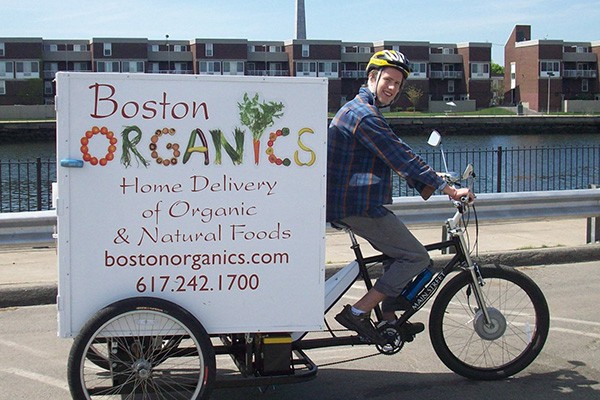By Tricia Mirchandani
Ready to turn your office green but don’t know where to start? While some workplace sustainability changes do require planning, consensus, and some significant process change, others can be done before you clock out today. We’ve broken it down for you to keep you going green today and beyond.
Make these changes today
Change your printing ways. Consider the impact before you click the printer icon. Do you truly need to print that page? If the answer is ‘Yes!’ (and, sometimes, it is), print double sided. Post signs by each printer and throughout the office to encourage everyone to do the same. (And hold brown bag training sessions to make sure everyone knows how to print double sided. It’s not always as easy as you think!)
Get the lights. And the printer. The computers. Shut down anything that uses electricity when you leave for the day. Create an end-of-day checklist for the last person out and encourage everyone to check power hungry machines before leaving for the day.
Save the screens. Ditch the screen savers. Though fun to look at, allowing monitors to dim instead consumes far less power.
Go green, literally. Add houseplants to your office décor. In addition to creating a more natural ambiance proven to increase well-being and productivity, houseplants enhance air quality and absorb odors naturally (bye-bye air fresheners and air purifiers).
Talk about these changes now + implement soon
No binders left behind. Keep binders, folders, half used notepads, and even paperclips out of landfills with a stationery reuse system. Talk about what items your office most often disposes of, where a good collection point would be for reusable items, and how to manage the process before introducing the concept office-wide.
Shut it down. Not just at the end of the day but before closing down for holidays. Talk about what should be powered down overnight vs. what needs attention before a two or three-day break from the office to balance office productivity and conservation.
Fresh, local, healthy. Good for the environment and for the people you work with. Fresh, local food doesn’t need to travel as far and costs less to produce, which means radically reduced energy costs and better nourishment for everyone. Talk about joining a CSA, finding local suppliers of traditional office staples like coffee and tea, and even removing vending machines.

Image: Boston Organics
BYO Cups and Office Canvas bags. Eliminate plastic water bottles as an office policy and provide glasses and mugs (and, might we suggest, a Bevi?). Keep a community stash of canvas bags for anyone to borrow on lunch-time trips to the grocery store.
Plan these changes out for future green ways
Evaluate your impact. Identify, as a group, three to five negative impacts your office makes on the environment. This may take some time and research but the resulting list will create a guide for future workplace sustainability efforts.
Automate it. Because humans might forget but machines don’t. Install energy management controls to automatically switch off high energy consumers on long weekends or holidays. Implement a print-follow system that queues print jobs and requires a log-in at the printer to cut down on mistaken or unnecessary printing.
Compost in the office. Plot out the location and management of the bins while educating staff on the benefits of composting. You’ll likely need to plan this one out and pursue necessary approvals while sorting out logistics. But once that’s all settled, you’ll be set to toss everything in—from coffee and tea bags to leftover lunches and paper. Donate it all to your community garden or start planting fruits and veggies right in the office.
Meet green. Use teleconferencing to cut down on business travel. Sometimes technology makes it easier to conserve.
Buy better. It’s not every day that you need a new machine, printer, computer, etc. But the next time you do, look for EPEAT registered and Energy Star rated items. Focus on things that will last (fewer landfills), that were made from recycled material (even fewer landfills) and/or machines that are energy efficient (less power). Beyond machines, think about the cleaning products you or cleaning service uses, the furnishings in your office, and even the paint on your walls. Convert them to more environmentally friendly ones with fewer chemicals for a greener environment overall.



